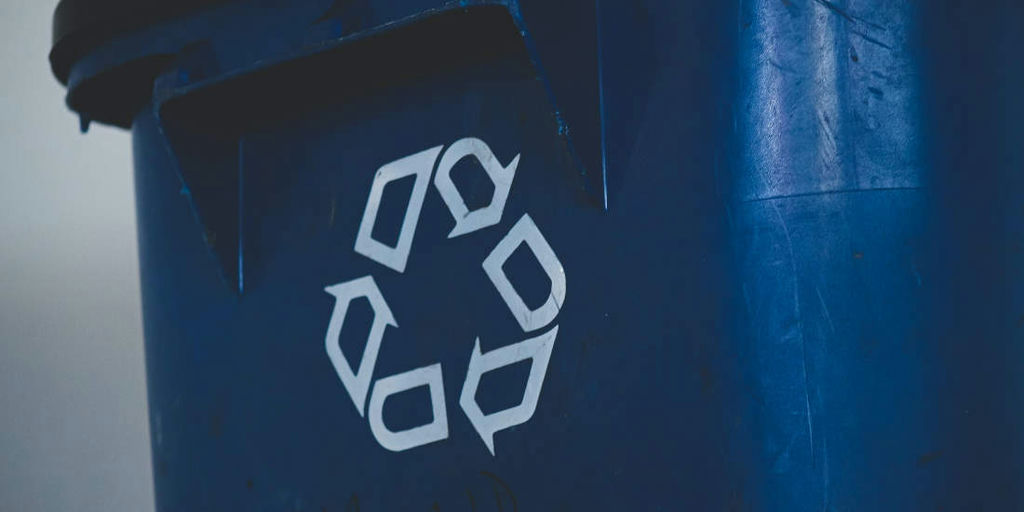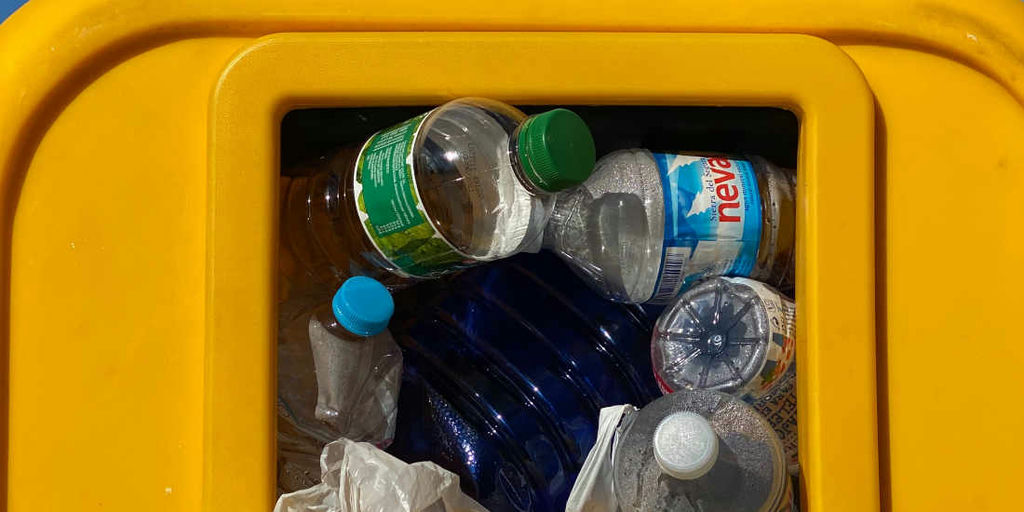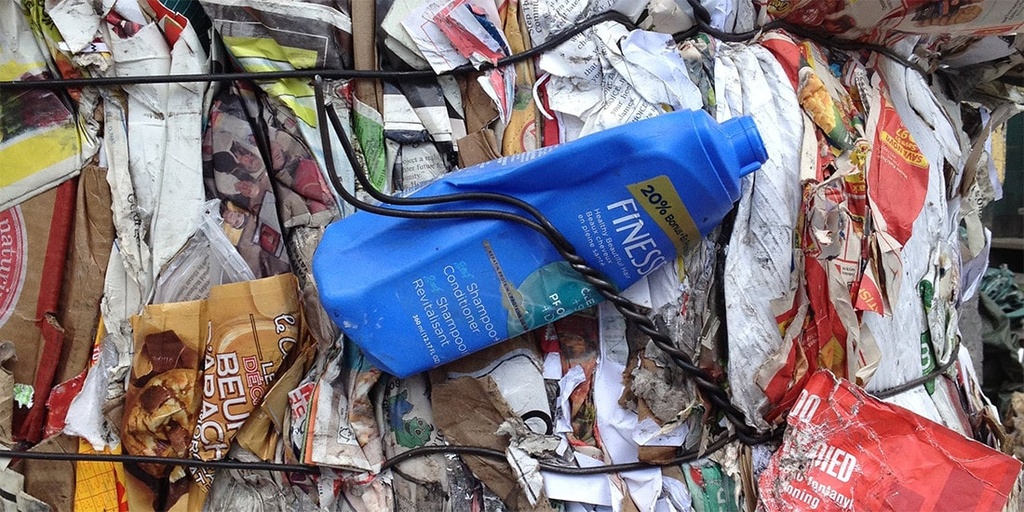Recycle everything you can
- Earth Points
- 30
- Ease
- Medium
Description
In a perfect world, there would be no need for garbage collection and landfills. Everything that comes into the house would be either reused, composted, or recycled. A more circular approach to resources would drastically reduce the pollution and waste from single-use items. While this may seem complicated in practice, it may be easier than you would expect to move in that direction.
And impactful - if the average worldwide recycling rate of the materials considered here increases to 62–82 percent of total recyclable municipal solid waste, recycling could avoid 10.36–11.29 gigatons of carbon dioxide equivalent emissions by 2050. Fifty percent of recycled materials coming from households and the rest from industry, (https://drawdown.org/solutions/recycling), so our efforts could make a difference.
The first step is understanding the easiest way to recycle. To do this, search online for your area and read about recycling options. Perhaps talk to friends that already recycle to see what they are doing.
Once you figure out what and how to recycle, make notes on what the collection points' requirements are to recycle, or print what you find online. Post notes where you plan to collect recyclable materials in your home. This will help you remember, get organized, and create a good system for your household.
You are off to the races! Now it is only a matter of getting your recyclables to the recycling center, whether that is having them ready for pick up or dropping them off as needed.
It gets even easier from here as you start to get into the habit. Do not let perfection stop you from getting started. The important thing is to give it a try and go from there.
Tips
• If you need to separate materials for recycling, like paper, glass, and metal, then it is likely easier to have a bin to throw each of them into.
• Not sure what you can and cannot recycle? A complete list should be available online for your area.


